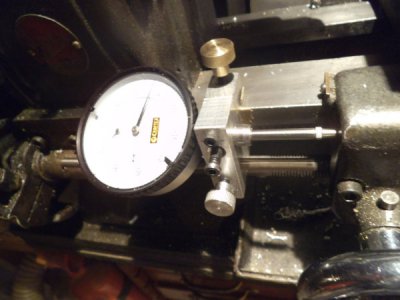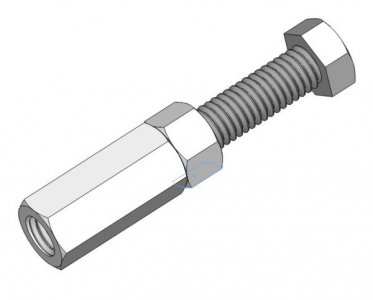Since i'm a beginner here, maybe i'm missing this, but how does one judge a cut along the bed?
I've searched for the answer here, but haven't run across anything yet.
The cross slide and the compound slide both have graduations for cutting into the work, but how would I know how much i'm cutting along the work?
I've searched for the answer here, but haven't run across anything yet.
The cross slide and the compound slide both have graduations for cutting into the work, but how would I know how much i'm cutting along the work?
Last edited:



